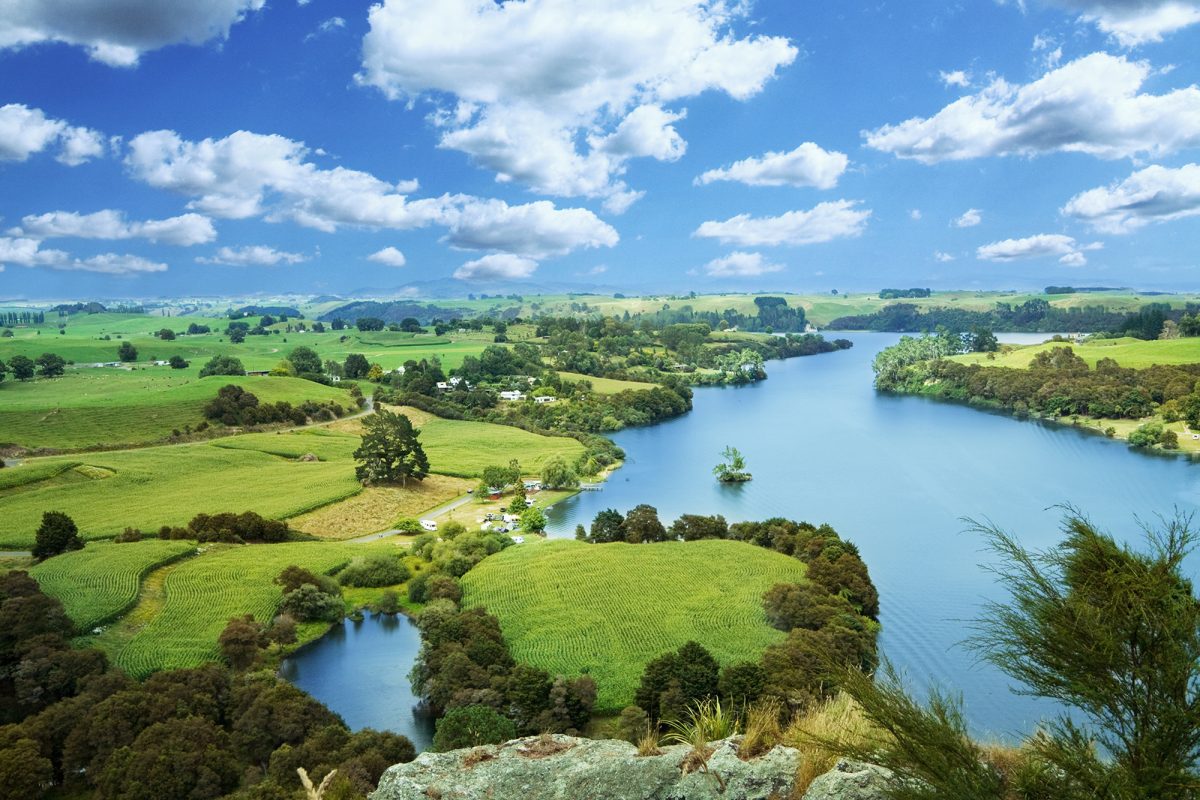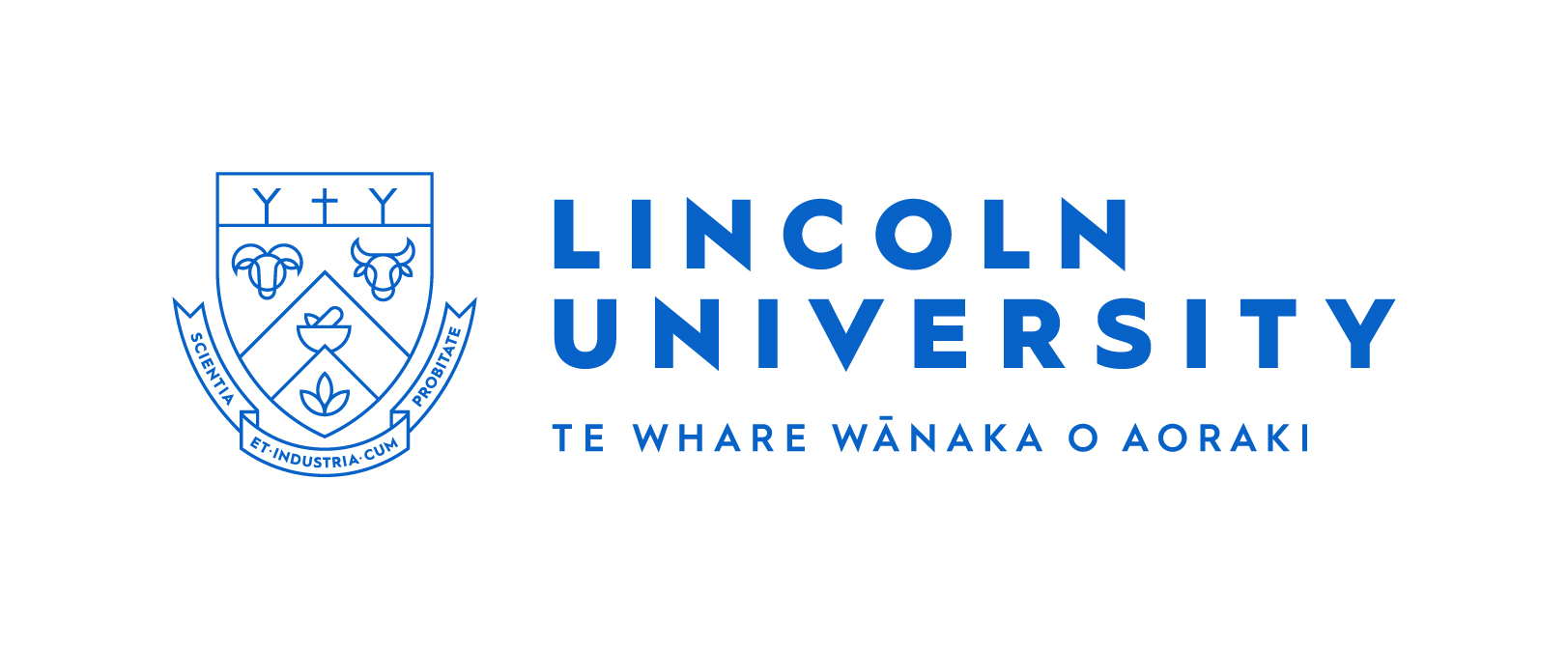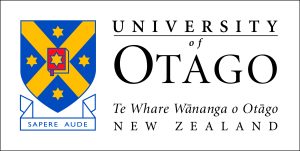The Environment Aotearoa 2019 report released today (here) shows why the Government’s plan to clean up our waterways and make New Zealand carbon-neutral is so crucial, Environment Minister David Parker said.
Released by the Ministry for the Environment and Stats NZ, the report shows the country’s waterways are polluted in both farming and urban areas and many rivers in both are unsuitable for swimming.
There were no big surprises, Mr Parker said.
“We’ve known for years about the pollution and damage we’ve been causing to our oceans and freshwater, climate and biodiversity.”
Government work now under way would directly address many of the issues raised in today’s report, Mr Parker said.
Last year it released its Essential Freshwater plan to achieve a noticeable improvement in water quality in five years.
“That will take steps to stop further degradation of our waterways. They include controls on further intensification and on activities with a significant risk of contaminating waterways through pollutant losses, such as intensive winter grazing on forage crops,” David Parker said.
“The new rules will also address the loss of our wetlands. Since human habitation 90 per cent of our wetlands have been drained.”
Local Government and Associate Environment Minister Nanaia Mahuta is leading work to improve the management of drinking water, wastewater and storm water.
“New Zealanders are facing up to the reality and taking action, be it community groups, farmers groups or the school students who took to the streets over climate change,” David Parker said.
“This Government is delivering on public expectations that we will protect and restore our environment for this and future generations.”
Climate Change Minister James Shaw said the report underlines the importance of the Government’s plan of action around climate change.
“The introduction of climate change legislation, establishing an independent climate change commission to guide emissions reductions, and the just transition to a low emissions economy are vital, as the evidence in this report shows.
“All the issues in this report are made worse by climate change and that is why this Government is so determined to take strong action on climate change,” James Shaw said.
The Sustainable Business Council and Climate Leaders Coalition said they were working on many fronts to reduce their emissions, and enhance their communities.
The council’s press statement said the report provides valuable data to guide their efforts.
“But we expect it will also act as a prompt to raise their ambitions for further action.
“Many of our members are using the United Nations Sustainable Development Goals (SDGs) to help define their sustainability strategy. These indicators provide the specific New Zealand context to help them achieve the SDGs that they are working towards.
“The natural environment is an important part of what we value about living in New Zealand and many businesses are now very conscious of the role they play.”
The Science Media Centre gathered expert comments on the report.
• Dr Ken Hughey, chief science advisor, Department of Conservation, comments:
“Environment Aotearoa 2019 confirms the precarious state of much of New Zealand’s biodiversity. Land use pressures and invasive species are the driving forces behind the biodiversity crisis. How seriously are taking this crisis? Predator Free 2050, freshwater goals and the marine protected network are responses that will make a difference.
“We need to build momentum around the positive things we’re doing. This report provides evidence that central and local government, iwi, businesses and communities need to be joined at the hip. A healthy environment will help to address what the government is trying to achieve through its wellbeing focus.
“Lack of data is still an issue. Only around 20 per cent of New Zealand’s species are identified and documented. There’s an urgent need to document what exists, particularly in the case of insects, microplants such as liverworts, lichens and mosses, and marine life. These species are important because they underpin what makes New Zealand’s biodiversity so special, alongside charismatic megafauna like the Maui dolphin and kākāpō.
“The lower-profile flora and fauna are an essential component of our biodiversity. They’re the building blocks that make up our soils, provide food for birds and fish, and enrich habitats – but we don’t know the rate of loss because we don’t have a complete picture of what’s there. Getting the data on the remaining 80 per cent of New Zealand species will give us a much better idea of strategies to protect our biodiversity.”
* Dr Anne-Gaelle Ausseil, ecosystems and climate change researcher, Manaaki Whenua Landcare Research, comments:
“Environment Aotearoa 2019 gives a good idea of the main issues affecting New Zealand including climate change, how we use our natural resources, and the state of our biodiversity. It is quite a lengthy report so it is good to see a summary version that is more digestible. The added value from previous reports is in synthesising the different domain reports that have been developed over the last few years, and giving an overarching view of how our society impacts on the environment. The report is not meant to be prescriptive about how to respond to these pressures, but emphasises which issues we should focus on, how our actions have cascading effects across the landscape, and ultimately how impacting on our environment affects us and our well-being. More work is still needed though (and this is acknowledged) to better assess consequences of our actions on our cultural, social and economic values.
“Key datasets have been updated and carefully verified through a robust process thanks to the partnership between the Ministry for the Environment and Statistics NZ. However, as for previous reports, data gaps have been highlighted and show how much more progress is still needed. The National Science Challenges, and key research funders such as MBIE have key roles to play to help fill knowledge gaps and co-develop sustainable solutions with stakeholders.
“This report is very timely, and complements international initiatives to support policy development through scientific evidence: the Intergovernmental Platform on Biodiversity and Ecosystem Services (IPBES) will soon release the Global Assessment on biodiversity and ecosystem services in Paris, and stronger collaborations with the IPCC should ensure positive outcomes for both biodiversity and climate.”
Conflict of interest statement: I was part of the senior science team for this report.
• Dr Scott Larned, chief scientist freshwater, NIWA, comments:
“Water quality is a major topic in the Environmental Aotearoa 2019 Report (EA2019), and is a collective term for the many physical, chemical and biological variables that are measured in rivers, lakes, aquifers and coastal sites.
“At many of these sites, some variables are at desirable levels or improving, while others are simultaneously at undesirable levels or degrading. The importance of variation in rates of improvement or degradation is difficult to convey. For example, slowly improving water clarity in a highly turbid lake may be cause for concern rather than celebration, if the lake is likely to remain in a poor condition for many years.
“Despite the complications, some broad patterns are evident. EA2019 reports that rivers, lakes and groundwater in pastoral areas have greatly elevated levels of nitrogen, phosphorus, fine sediment and faecal bacteria, compared to levels in native-forest areas. Many urban streams are also degraded, including being contaminated with heavy metals.
“The same national scale pattern has been reported for more than 20 years, which indicates that the government’s current reforms of the way we manage our freshwaters needs to be bold if they are to meet New Zealanders’ expectations for healthy and swimmable waters.
“Coastal water quality monitoring is a recent initiative for most councils and data are scarce but results to date indicate that nitrogen and faecal bacteria concentrations are elevated in coastal waters near river mouths and in river-dominated estuaries.”
• Dr Barb Hayden, chief scientist coasts and oceans, NIWA, comments:
“NIWA’s oceans science team commends Environment Aotearoa 2019 for linking the terrestrial, freshwater, and marine domains.
“The domains are intrinsically connected and understanding them all and how they work together is essential for managing and mitigating impacts in all Aotearoa’s environments.
“This is particularly true in estuaries and near-shore coastal environments, which provide food, nurseries for fish, and cultural and recreational benefits to us all, but also receive accumulated pollutants, nutrients and sediments washed off the land and carried by rivers.
“NIWA research that has shown that high nitrogen concentrations and levels of faecal bacteria occur at coastal sites where rivers spill into tidal estuaries. Environment Aotearoa 2019 finds gaps in knowledge about the pollution of waterways and the connection between where these pollutants are generated and where they end up in the coastal environment. Understanding how waterway pollution is affecting estuaries is already a key focus of our work and building this knowledge will significantly aid the management of the quality of our marine environment.”
• Dr Andrew Tait, chief scientist climate, atmosphere and hazards, NIWA, comments:
“This report includes key issues of air pollution in urban areas, New Zealand’s greenhouse gas emissions and the impacts of climate change. Assessment of these issues underlines the increasing importance of collecting long-term data about the state of our air quality, atmospheric gases and climate. Policy and business decision makers rely on information-rich resources such as this report to make evidence-based decisions about how to care for our environment and where to prioritise efforts and investment.
“NIWA has played a significant role in the report – we are the custodians of many of the high-quality, long-term air quality, atmospheric gases and climate datasets (including some ocean-based indicators) on which it relies.
“The challenges of reducing our urban air pollutants and national greenhouse gas emissions and adapting to a highly variable and changing climate are hugely important and affect all New Zealanders.”
Sources: NZ Government, Sustainability Business Council, Science Media Centre












